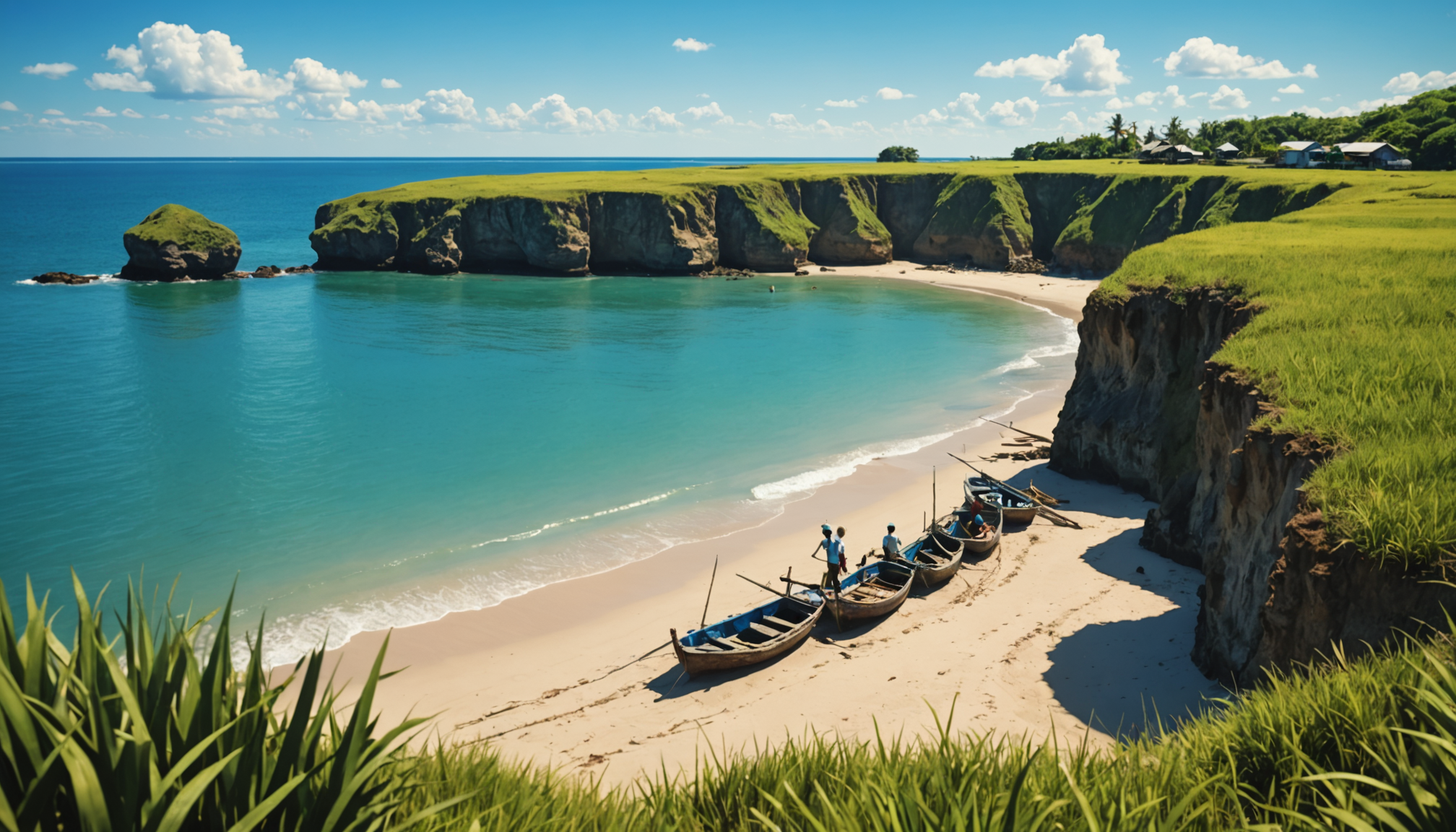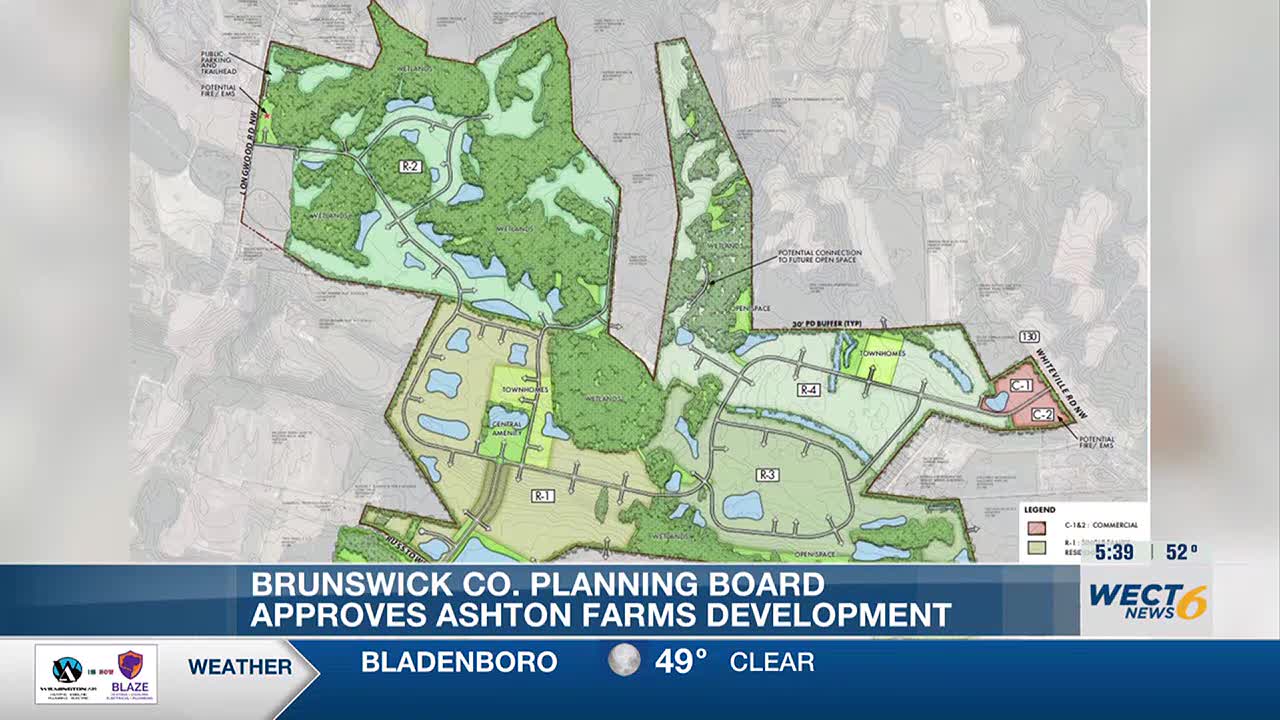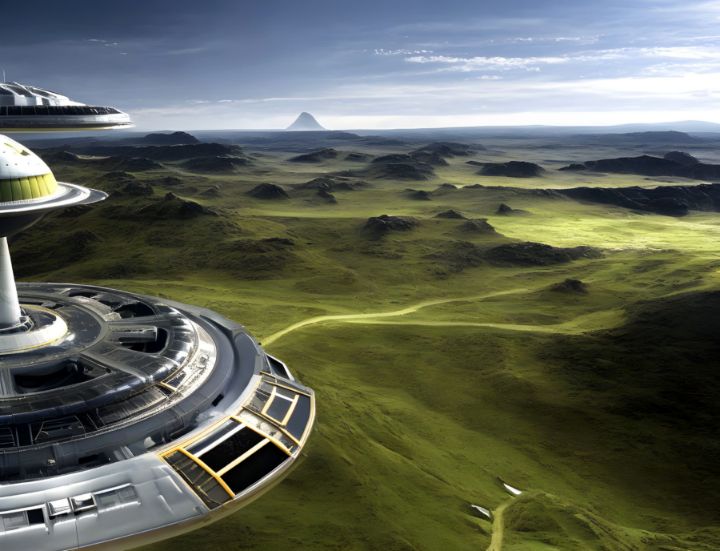
Report on Coastal Fisheries and Sustainable Development in the Philippines

Introduction
The Philippines, an archipelago of 7,641 islands located at the heart of the Coral Triangle, hosts the richest and most diverse marine ecosystem globally. This region includes parts of Indonesia, Malaysia, Papua New Guinea, the Solomon Islands, and Timor-Leste. With a coastline extending 36,289 kilometers, one of the longest worldwide, fishing has been a vital livelihood and cultural cornerstone for Filipino communities.
Historical Context and Ancestral Connections
Many Filipino families, including the author’s, have deep-rooted histories in artisanal fishing, moving across coastal areas in search of better fishing grounds. These movements were guided by traditional knowledge and the urgent need to provide food, reflecting the intergenerational ties to marine environments.
Current Status of Artisanal Fisheries
- Demographics and Economic Role
- Over 85% of the Philippines’ two million fisherfolk are artisanal fishers.
- These small-scale fishers supply nearly half of the country’s total fish catch, valued at approximately $981 million.
- Despite their contribution, many artisanal fishing families live below the poverty line and face significant marginalization.
- Challenges Faced
- Environmental degradation and chronic overfishing have severely impacted fish stocks.
- Rapid urbanization of coastlines threatens traditional fishing grounds.
- Climate change effects such as unpredictable weather, stronger typhoons, and ocean acidification further erode marine ecosystems and alter fish migration.
Case Study: Coastal Communities in Dumaguete
Recent visits to six coastal communities in Dumaguete revealed local opposition to a 174-hectare land-reclamation project proposed to transform the city into a “smart city.” Residents expressed concerns about the loss of traditional coastal livelihoods and environmental degradation.
- Fisherfolk shared memories of abundant marine life and traditional practices such as diving for sea urchins and reading tides by observing mangroves.
- There is fear among community members that opposing development projects could jeopardize their seasonal employment opportunities.
Decline in Fish Catch and Marine Biodiversity
- Average daily fish catch for small-scale fishers has declined from 50 kg in the 1970s and 1980s to just 5 kg today.
- Approximately 70% of Philippine waters and major fishing grounds are overfished.
- Several marine species have disappeared due to overexploitation.
- Illegal commercial fishing and destructive practices continue to threaten marine biodiversity and fish populations.
Implications for Sustainable Development Goals (SDGs)
- SDG 1: No Poverty
Addressing poverty among artisanal fisherfolk by improving livelihoods and reducing marginalization is critical.
- SDG 2: Zero Hunger
Ensuring sustainable fish stocks supports food security for coastal communities and the nation.
- SDG 13: Climate Action
Mitigating climate change impacts on marine ecosystems is essential to preserve fisheries.
- SDG 14: Life Below Water
Protecting marine biodiversity and preventing overfishing are vital to sustaining ocean health.
- SDG 15: Life on Land
Conserving coastal habitats such as mangroves supports both terrestrial and marine ecosystems.
- SDG 11: Sustainable Cities and Communities
Balancing urban development with the preservation of coastal communities’ livelihoods is necessary.
Conclusion
The intertwined fate of Filipino coastal communities and their marine environment underscores the urgency of sustainable fisheries management and environmental conservation. Upholding the Sustainable Development Goals through inclusive policies and community engagement is imperative to safeguard the cultural heritage, livelihoods, and ecosystems of the Philippines’ artisanal fisherfolk.
Expert Statement
Gloria Estenzo Ramos, Vice President of Oceana Philippines, highlighted the critical state of Philippine fisheries: “Illegal commercial fishing inside municipal waters and overfishing have long plagued Philippine waters, depleting fish stocks and degrading marine ecosystems. These practices threaten biodiversity and can trigger the collapse of essential fish populations. The unabated exploitation of these resources and the often aggressive, destructive, and illegal fishing practices of commercial operators endanger the future of our fisheries and the communities that rely on them.”
1. Sustainable Development Goals (SDGs) Addressed or Connected
- SDG 1: No Poverty – The article highlights the marginalization and poverty faced by artisanal fisherfolk in the Philippines.
- SDG 2: Zero Hunger – Fishing is a vital source of food and livelihood, and the decline in fish catch affects food security.
- SDG 8: Decent Work and Economic Growth – The precarious working conditions and economic challenges of small-scale fishers are discussed.
- SDG 11: Sustainable Cities and Communities – The impact of urbanization and land reclamation projects on coastal communities is mentioned.
- SDG 13: Climate Action – Climate change effects such as stronger typhoons and ocean acidification affecting marine ecosystems are described.
- SDG 14: Life Below Water – The article focuses heavily on marine ecosystem degradation, overfishing, and biodiversity loss.
- SDG 15: Life on Land – The loss of coastal landscapes and mangroves, which are important terrestrial and marine interfaces, is implied.
2. Specific Targets Under Those SDGs Identified
- SDG 1 – Target 1.2: Reduce poverty in all its dimensions for all people, especially the vulnerable, including artisanal fisherfolk living below the poverty line.
- SDG 2 – Target 2.4: Ensure sustainable food production systems and implement resilient agricultural practices, including sustainable fishing practices.
- SDG 8 – Target 8.5: Achieve full and productive employment and decent work for all, including small-scale fishers.
- SDG 11 – Target 11.4: Strengthen efforts to protect and safeguard the world’s cultural and natural heritage, relevant to preserving coastal communities and landscapes.
- SDG 13 – Target 13.1: Strengthen resilience and adaptive capacity to climate-related hazards and natural disasters affecting coastal and marine environments.
- SDG 14 – Target 14.4: Effectively regulate harvesting and end overfishing, illegal, unreported and unregulated fishing to restore fish stocks.
- SDG 14 – Target 14.2: Sustainably manage and protect marine and coastal ecosystems to avoid significant adverse impacts.
- SDG 15 – Target 15.1: Ensure conservation, restoration and sustainable use of terrestrial and inland freshwater ecosystems, including mangroves.
3. Indicators Mentioned or Implied to Measure Progress
- Indicator for SDG 1.2: Proportion of population living below the national poverty line, especially among artisanal fisherfolk.
- Indicator for SDG 2.4: Proportion of fish stocks within biologically sustainable levels.
- Indicator for SDG 8.5: Employment rate and income levels of small-scale fishers.
- Indicator for SDG 11.4: Number of cultural and natural heritage sites preserved, including coastal landscapes.
- Indicator for SDG 13.1: Number of communities with adaptive capacity to climate hazards; frequency and intensity of climate-related events affecting fisheries.
- Indicator for SDG 14.4: Proportion of fish stocks within safe biological limits; extent of illegal, unreported, and unregulated fishing activities.
- Indicator for SDG 14.2: Coverage of protected marine and coastal areas; health of coral reefs and marine biodiversity.
- Indicator for SDG 15.1: Area of mangrove forests conserved or restored.
- Additional Implied Indicators:
- Average daily fish catch per fisher (decline from 50 kg to 5 kg).
- Percentage of overfished waters (estimated at 70%).
- Species disappearance rates in marine ecosystems.
4. Table of SDGs, Targets and Indicators
| SDGs | Targets | Indicators |
|---|---|---|
| SDG 1: No Poverty | 1.2: Reduce poverty in all its dimensions, especially for vulnerable groups like artisanal fisherfolk. | Proportion of population below national poverty line among fisherfolk. |
| SDG 2: Zero Hunger | 2.4: Ensure sustainable food production systems including sustainable fisheries. | Proportion of fish stocks within biologically sustainable levels. |
| SDG 8: Decent Work and Economic Growth | 8.5: Achieve full and productive employment and decent work for all. | Employment rate and income levels of small-scale fishers. |
| SDG 11: Sustainable Cities and Communities | 11.4: Protect and safeguard cultural and natural heritage including coastal landscapes. | Number of cultural and natural heritage sites preserved. |
| SDG 13: Climate Action | 13.1: Strengthen resilience and adaptive capacity to climate hazards. | Number of communities with adaptive capacity; frequency of climate-related events affecting fisheries. |
| SDG 14: Life Below Water |
14.2: Sustainably manage and protect marine and coastal ecosystems. 14.4: Regulate harvesting and end overfishing and illegal fishing. |
Coverage of protected marine areas; health of coral reefs; Proportion of fish stocks within safe biological limits; Extent of illegal, unreported, and unregulated fishing. |
| SDG 15: Life on Land | 15.1: Conserve and restore terrestrial and freshwater ecosystems including mangroves. | Area of mangrove forests conserved or restored. |
Source: earthisland.org







